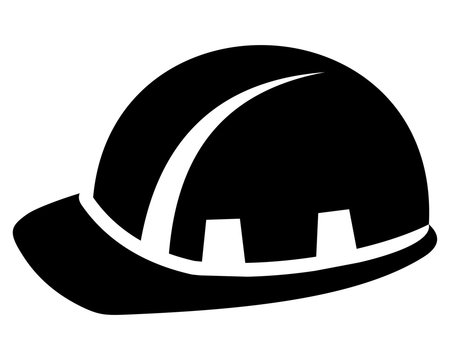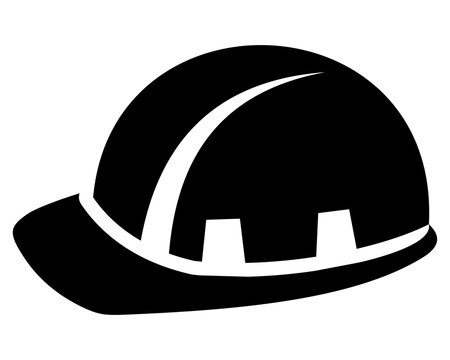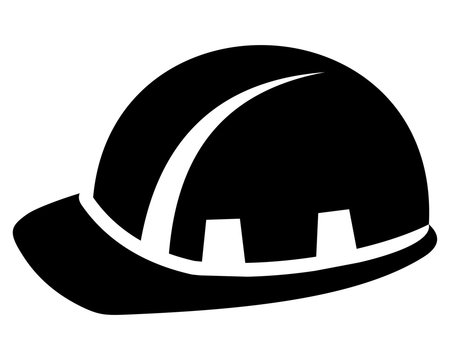Title Page
-
Client / Site
-
Conducted on (Date and Time)
-
Inspected by
-
Location
Environmental Safety
-
Spills cleaned up immediately
-
Keep floors clutter/obstacle-free (with attention to the path between bed and bathroom/commode)
-
Decrease shine on floors
-
Level floors (no step up or down into shower, bathroom, no area rugs)
-
Even colored floor
-
Handrails are distinctly different color from walls
-
Handrails and transfer poles are clear for use
-
Secure lacks on beds, stretchers, and wheelchairs
-
Furniture secured to the floor or moved so there is a clear path around it
-
Chair/bench placed strategically in hallways to provide a rest area for person’s with limited endurance
-
Remove excess equipment/supplies/furniture from room
-
Secure excess electrical and telephone wires
-
Secure safety around the bed environment (use of transfer poles, transfer assist rails)
-
Place call light and frequently used objects within patient reach
-
Assure adequate lighting, especially at night
-
Bathrooms are large enough to bring in wheelchairs and walking aids
-
Adaptive equipment in bathrooms (vertical, horizontal, diagonal grab bars near toilet and shower; raised toilet seat or commode; rubber-backed bath mat; shower seat; hand-held showerhead)
-
Sink, toilet, soap and paper towel holder at low enough level to reach from wheelchair or standing
Patient Safety
-
Orient patients to surroundings, including bathroom, use of bed, and location of call light
-
Encourage patients/families to call for assistance when needed
-
Use properly fining nonskid footwear
-
Assure ambulation as ordered
-
Evaluate the patient's ability to interpret information
-
Evaluate potential medication side effects
-
Keep assistive devices at bedside within reach
Assess and assist the patient in the following daily routine (schedule):
-
Assess mobility and gait as necessary
-
Assess mental status, cognition, and ability to perform activities of daily living (ADL)
-
Assess medications daily
Completion
-
Inspector's Full Name and Signature













